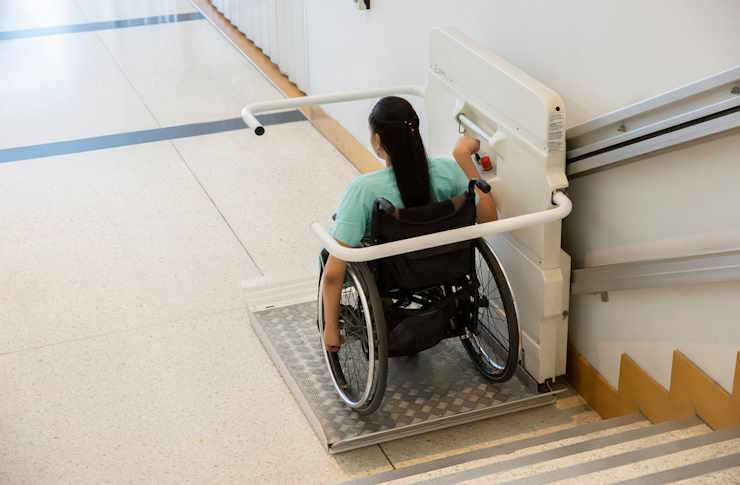Coordinating with Clinics and Care Teams for Smooth Patient Journeys
Effective coordination between clinics, care teams, and transport staff reduces delays and improves patient safety. This article outlines practical steps for scheduling, communication, accessibility, and compliance that support seamless transfers and better outcomes for patients with diverse mobility needs.

Coordination between clinical teams, administrative staff, and transport personnel is essential to delivering reliable, safe patient journeys. Well-defined communication pathways, clear scheduling protocols, and a shared understanding of mobility and clinical needs reduce missed appointments, minimize wait times, and protect patient dignity. This article breaks down practical approaches to planning transfers, maintaining safety and compliance, and improving logistics so patients move efficiently between care settings.
How can patient needs guide transport planning?
Patient-centered planning begins with understanding the individual’s clinical condition, mobility limitations, and communication needs. Before any transfer, clinics should document whether a patient requires assistance with transfers, uses mobility aids, needs oxygen or monitoring, or has cognitive or behavioral considerations. Sharing that information with transport teams enables appropriate vehicle selection, staffing, and equipment preparation. Involving patients and caregivers in scheduling conversations ensures preferences and constraints are respected, improving on-time performance and overall experience.
What scheduling practices improve transport coordination?
Effective scheduling balances clinic workflows, transport capacity, and patient availability. Centralized booking systems or shared scheduling platforms allow clinics and transport teams to see appointment windows and real-time changes. Buffer times for loading and unloading, cluster scheduling for nearby appointments, and priority rules for urgent transfers reduce delays. Confirmations, reminders, and clear pickup instructions help patients be ready when drivers arrive, while contingency plans for cancellations maintain operational resilience.
How does mobility and accessibility affect transfers?
Accessibility considerations shape vehicle choice, equipment, and staff training. Patients who use wheelchairs or stretchers require lift-equipped or stretcher-capable vehicles and crew skilled in securement and safe transfer techniques. Advance notice about narrow doorways, stairs, or escort needs supports route planning and reduces on-scene time. Clinics can support accessibility by preparing patients and staging mobility equipment at the pickup area. Clear labeling of mobility needs in transfer requests prevents mismatches between patient requirements and transport resources.
What safety measures protect patients and crews?
Safety spans vehicle maintenance, securement protocols, infection control, and on-scene risk assessment. Regular vehicle inspections and maintenance reduce mechanical failures that cause delays or hazards. Standardized securement procedures for wheelchairs and stretchers protect patients during transit. Infection prevention practices, including cleaning protocols and appropriate PPE, are essential when transporting immunocompromised or infectious patients. Crew safety training in manual handling, de-escalation, and emergency response minimizes injury and ensures transfers proceed smoothly.
How does compliance and HIPAA shape communication?
Compliance with regulations such as HIPAA (where applicable) and local privacy laws governs how patient information is shared between clinics and transport providers. Only the minimum necessary information should be transmitted, using secure channels when possible. Documentation should record consent, transport decisions, and any clinical instructions. Compliance also covers licensing, vehicle standards, and staff certifications; maintaining up-to-date credentials and audits helps ensure legal and clinical standards are met across the transport pathway.
What training and logistics improve healthcare transfers?
Ongoing training in patient handling, mobility assistance, and clinical basics—such as monitoring oxygen or recognizing acute deterioration—heightens the quality of transfers. Scenario-based drills that include clinic staff and transport crews build familiarity with workflows and reduce friction at handoffs. Logistics improvements, such as route optimization, fuel and fleet management, and real-time dispatching, increase efficiency. Clear handoff protocols between clinic teams and drivers, including who is responsible for medication transfers, documentation, and patient briefings, reduce ambiguity and delays.
Patient transfers between clinics, hospitals, and outpatient settings require coordinated planning that accounts for scheduling, mobility, safety, compliance, and logistics. By establishing shared communication tools, documenting needs upfront, investing in staff training, and implementing standard operating procedures for handoffs, organizations can shorten transit times, reduce missed appointments, and enhance patient dignity. Strong coordination benefits patients, clinicians, and transport crews alike, creating predictable, reliable pathways for care.





